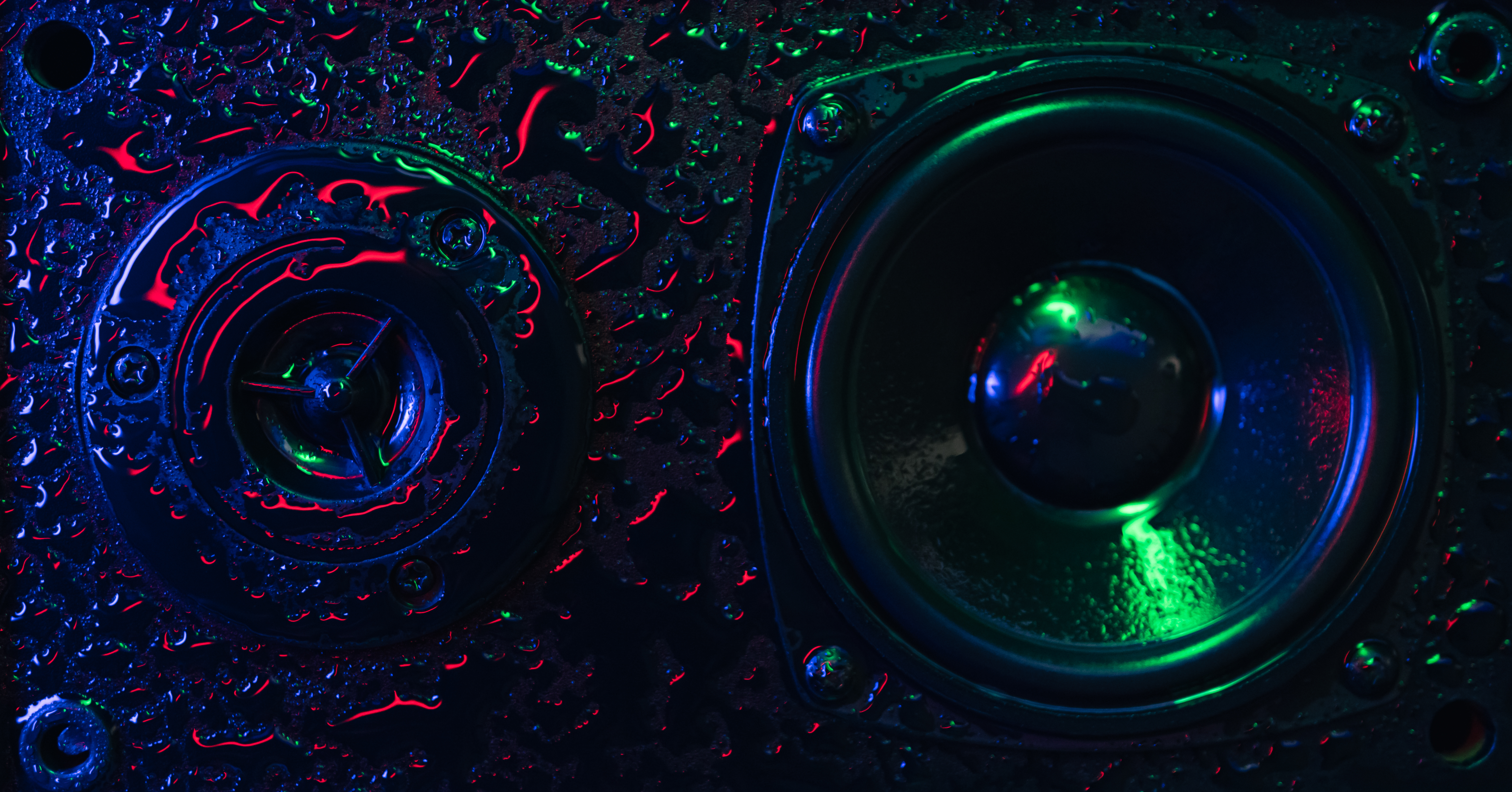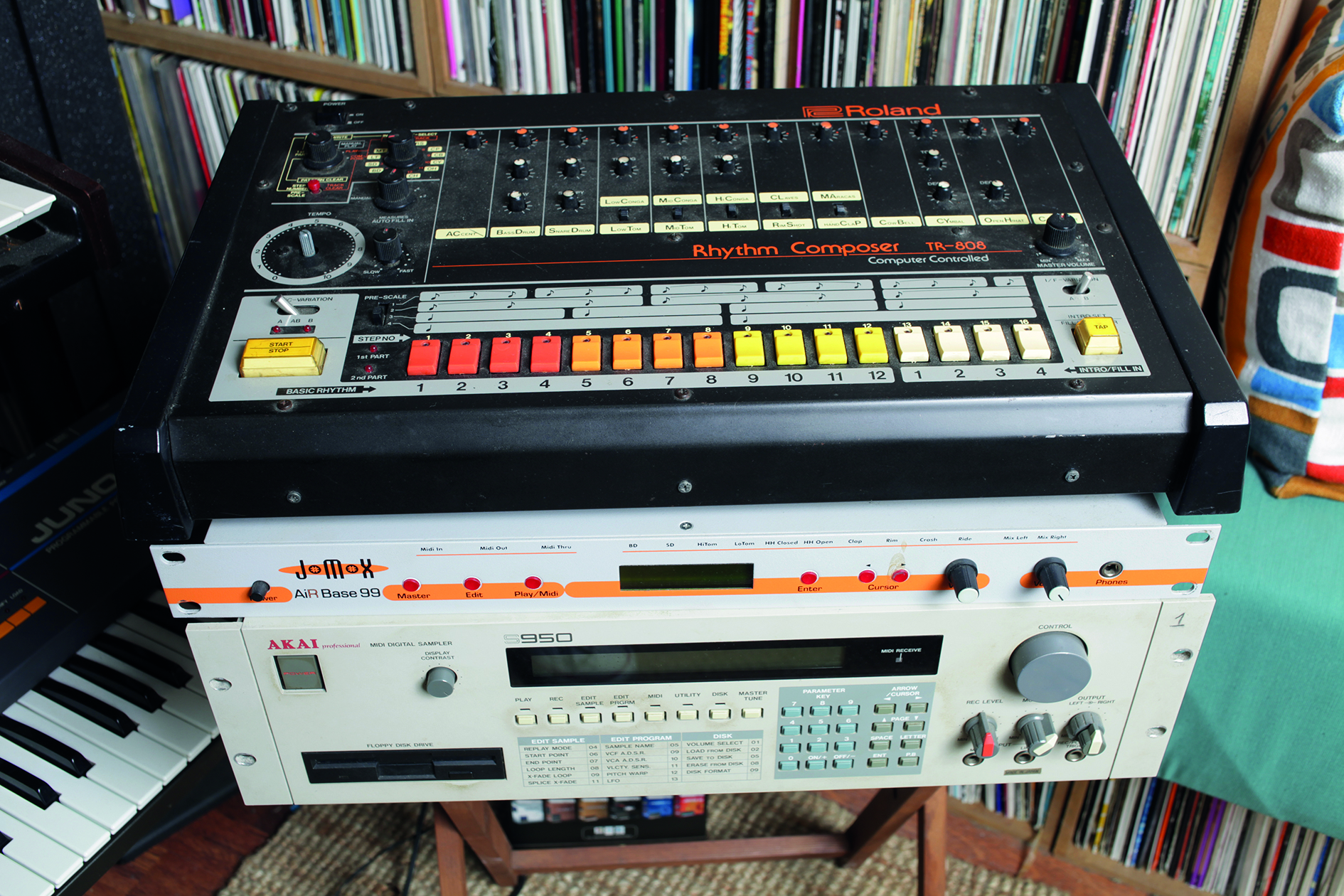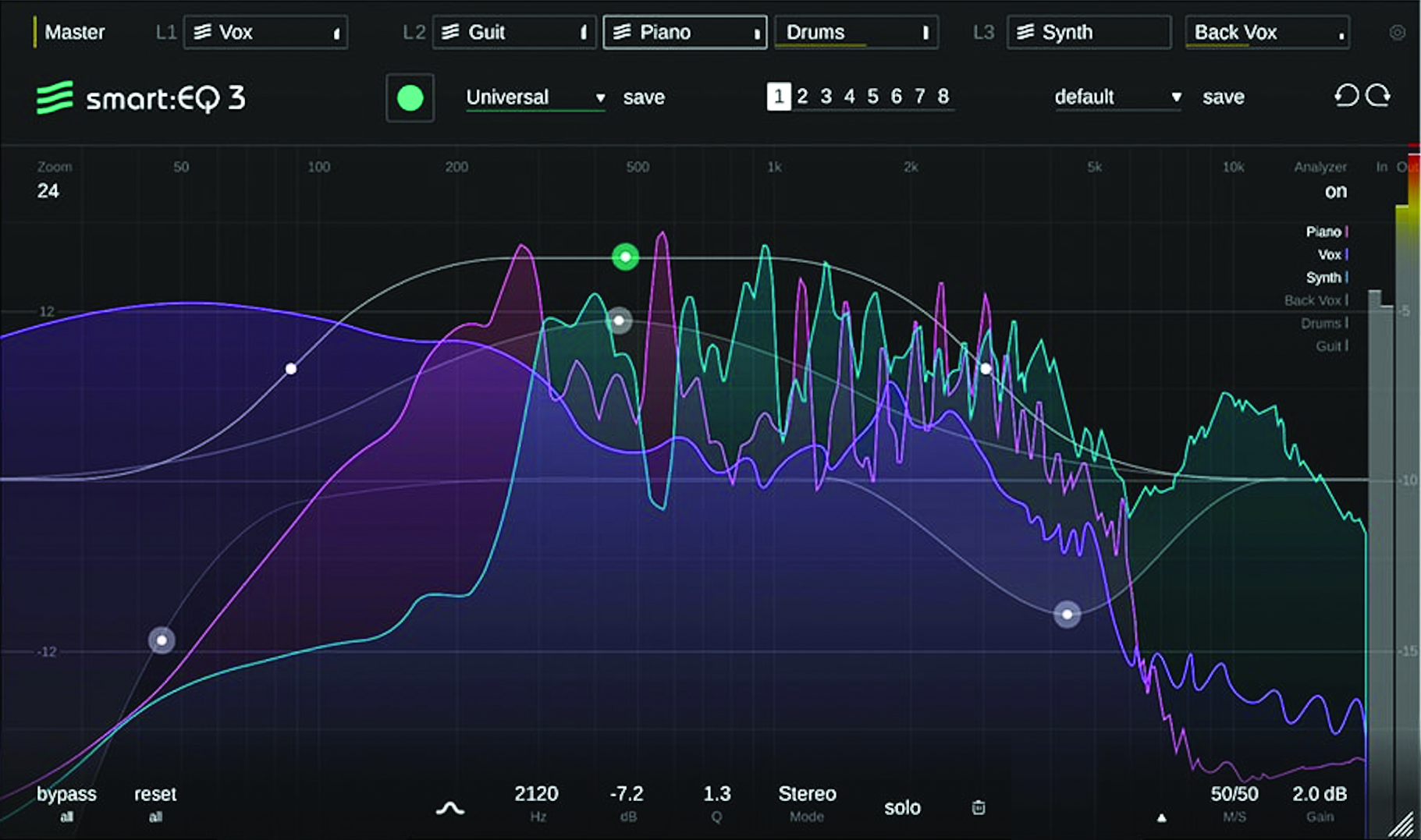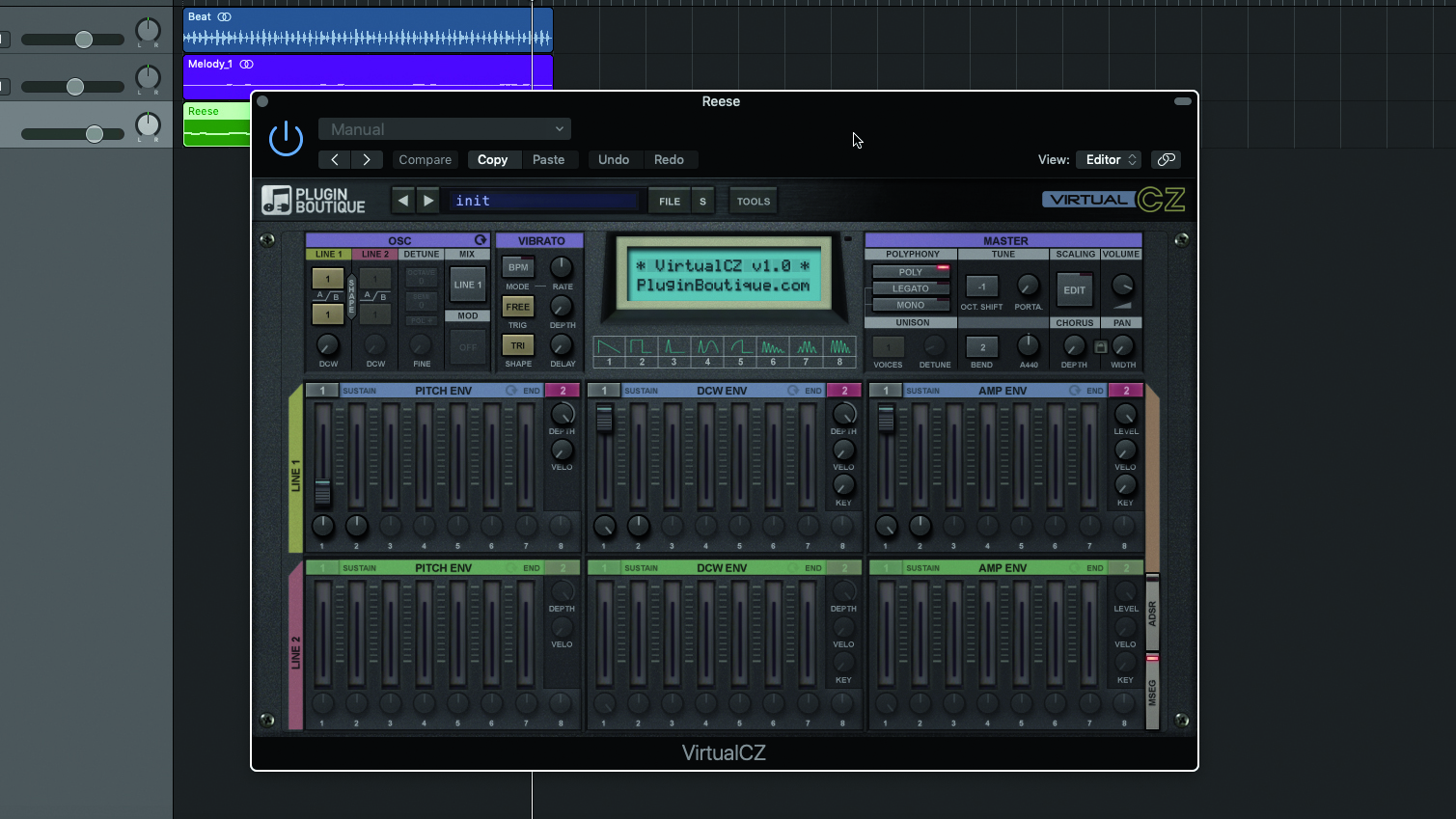The ultimate guide to sub bass: tips and tricks for a high-class low-end
When it comes to music designed for a powerful sound system, nailing your sub can be what makes or breaks your track

Dealing with sub bass frequencies can be one of the trickier aspects of music production. A sub bass part can be elusive – tough to properly monitor in a home setup, often not reproduced at all by smaller speakers – and they can be very hard work to mix. But, particularly when it comes to dance music designed for a powerful sound system, nailing your sub can be what makes or breaks your track.
IN THIS SUB BASS GUIDE
• How to monitor sub bass in a home studio setup
• Splitting sub bass into separate bands for precise mixing
• 12 of the best sub bass plugins
Put simply, sub bass is anything that happens in the lower end of the bass frequency spectrum. The exact definition of sub bass tends to change depending on who you ask, but it’s generally considered to be anything below around 60Hz-80Hz, reaching down to 20Hz, which is the lowest frequency audible to the human ear. For context, the lowest note of a bass guitar is around 41Hz, and the lowest note on a piano is around 27.5Hz.
The sub frequencies define the power and weight of a track – too little and a mix can feel weak and underpowered
Sub bass frequencies are often felt more than they are heard, but that doesn’t mean you can disregard what’s going on down there. It’s in this range that most synthesised basslines have their fundamental frequencies (commonly around 40Hz-80Hz). The sub frequencies also define the power and weight of a track – too little and a mix can feel weak and underpowered, too much and things can quickly become overblown and overpowered.
Over the years, sub bass has become increasingly important in dance music, since these are electronic genres largely designed to be heard on powerful club systems that bring these frequencies to the forefront. Back in the ’90s, jungle and drum & bass producers would use the Akai S-Series sampler’s sine waveform ‘test tone’ played back on a low octave to create sub basslines. In hip-hop production, a sampled and pitched version of an 808 kick has become a pretty much ubiquitous method for creating powerful, sub-focused basslines.


The focus on subs probably reached its peak with dubstep – we’re talking about the earlier, UK-centric genre here, as opposed to the US-exported EDM version – which combined spacious, half-time beats and dub-like effects with huge, chest-rattling bass designed to be experienced on a powerful club sound system. While these purely sub-focused sounds have arguably receded a little in the past decade, sub frequencies remain a huge part of dance music production. Modern techno, for example, makes use of sub-heavy kicks and low-end ‘rumble’ to create an overall dark and powerful sound.
One key problem when it comes to working with sub elements is how poorly they’re reproduced away from club sound systems. Those early jungle and DnB tracks we mentioned before, for example, seem to lose their basslines completely when played on smaller speaker systems. There are times when this can be used to an advantage – think of times you’ve heard a great dance track first at home, then heard it again in a club and suddenly picked out whole new elements you didn’t hear before…
Get the MusicRadar Newsletter
Want all the hottest music and gear news, reviews, deals, features and more, direct to your inbox? Sign up here.
It’s a challenge to create powerful, club-ready sub elements that will work well in a club environment but can still be heard on smaller speaker systems
However, most of the time it’s a challenge to create powerful, club-ready sub elements that will work well in a club environment but can still be heard on smaller speaker systems. Arguably, it’s exactly this conundrum that triggered dubstep’s shift away from its club-centric UK sounds to the full-frequency bass styles of artists like Skrillex, which trade the spaciousness for aggressive mid-range parts that sound ‘heavy’ even on a phone or laptop speaker.
The other aspect that makes subs tricky from a production point of view is working out how to monitor them properly in a small studio setup, such as a home or project studio. Even without a sub speaker, decent monitor speakers will reproduce low frequencies far better than many standard stereo setups, but sub bass can still get lost easily at lower volumes.
What’s more, due to their low frequencies, sub parts can create what’s known as ‘standing waves’. The result of this is that, even if you can fully reproduce those low frequencies, in a less than perfect studio space certain pitches in the sub region will sound far louder than others, and might not accurately represent how a track will translate to a club environment. We delve into ways to monitor your subs at home later in the feature.
Creating a sub
Subs are relatively simple sounds but, as they’re such an important element of a mix, it’s essential to get them spot-on. At a basic level, a pure and clean sine wave tends to work best as a basic sub tone – incredibly easy to create in most synths. However, minute adjustments to a sub patch’s amplitude envelope attack and release times can be necessary to stop it from having unwanted clicks at the start and end of each note.
You may need to tweak release times further when you actually get round to programming your sub’s MIDI part: it’s not always best to program your sub note’s legato, as space between notes, however small, might be what your bassline needs to have the right groove. In this case it’s worth experimenting with different release times (and if available, envelope curve shapes) to see what settings work best.
Space between notes, however small, might be what your bassline needs to have the right groove
It’s also worth trying out the available voicing modes on offer, because in some cases – depending on how your synth’s envelopes work – you might actually find you get a better feel from polyphonic mode. Just be careful not to overlap notes in this scenario, because it’ll sound muddy and eat up headroom like nobody’s business!
It’s also a good idea to experiment with the possibilities afforded by amplitude level and pitch modulation. Depending on how busy the rest of your mix is, you might find that assigning an LFO to your sub’s pitch can provide some welcome extra rhythm and give your bass part a more vibey, organic feel.
To get a good combination of weight and space, drop your sub’s pitch and amplitude level with an envelope, which results in a Roland TR-808-style kick drum sound.
Pitch sweep
A pitch sweep is a good method for expanding a simple sub sound so that at least some element of it will cut through on a weaker sound system. Beyond this, the simplest way to make a sub audible over a smaller speaker system is to add some additional harmonic content.

You could approach this by simply doubling your sound with one pitched an octave or two higher. The better approach is often to create a sound with a little more harmonic richness at source. A basic sine wave is the simplest tone, with little in the way of overtones. Moving to shapes like square or saw waves introduces new harmonic overtones above the root sub that will be audible even when the fundamental isn’t.
A classic Reese bass – named after an alias of Detroit icon Kevin Saunderson – is the perfect example of this, using two detuned saw waves to create a bass sound with plenty of sub energy but also just enough overtones to add plenty of mix presence.
Distortion can be a great tool for emphasising overtones in bass, too. At its simplest, pushing a sine wave sub through a distortion effect can add square wave characteristics. This can be a great approach used on something like an 808 bass, in order to add a bit of additional mid-range grit and presence to an otherwise low end focused sound.


Future Music is the number one magazine for today's producers. Packed with technique and technology we'll help you make great new music. All-access artist interviews, in-depth gear reviews, essential production tutorials and much more. Every marvellous monthly edition features reliable reviews of the latest and greatest hardware and software technology and techniques, unparalleled advice, in-depth interviews, sensational free samples and so much more to improve the experience and outcome of your music-making.
“The included sample content is not only unique but sonically amazing, as it always was”: Spitfire Audio BBC Radiophonic Workshop review
“We were able to fire up a bass sound that was indistinguishable from the flavour of New Order’s Blue Monday in seconds”: EastWest Sounds Iconic review










